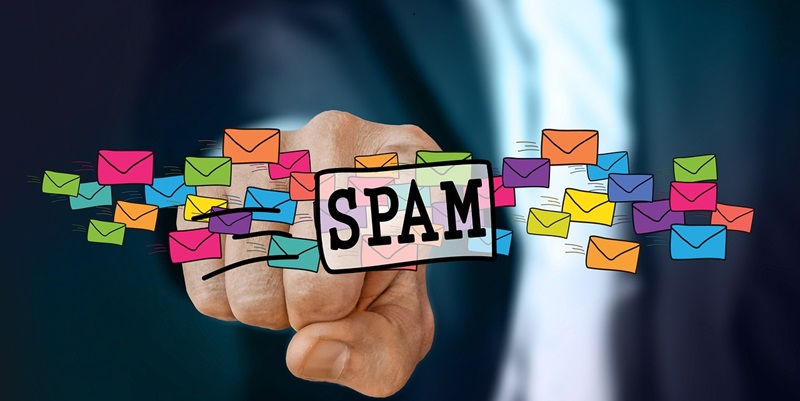In the digital marketing world, email remains an indispensable channel for businesses to engage with their audience. Unfortunately, the impact of these efforts can be significantly diminished if a business finds itself on an email spam blacklist. Such a listing not only hinders the delivery of marketing communications but can also negatively affect a company’s reputation.
For businesses to avoid the pitfalls of being blacklisted, it’s essential to implement robust strategies that ensure compliance with best practices in email marketing. This includes maintaining clean mailing lists, obtaining proper consent from recipients, and providing clear opt-out options. It is also crucial to monitor email engagement metrics and adjust campaigns accordingly to avoid the triggers that often lead to blacklisting.
Regular audits of email practices and reputation checks can preempt potential issues. Measures such as authentication protocols like SPF, DKIM, and DMARC should be in place to verify the legitimacy of an email sender. These steps not only help in keeping a business off spam lists but also in building trust with email recipients.
By proactively managing email campaigns and adhering to ethical sending practices, businesses can continue to leverage the power of email marketing while avoiding the repercussions of being marked as spam. Ensuring that your emails reach the inbox is paramount to a successful marketing strategy and vital for maintaining a positive corporate image.
Ascertain the Cause of Blacklist Inclusion
Uncovering the root cause of why your email ended up on a spam blacklist is the first critical step in resolving the issue. Common triggers for blacklisting range from high spam complaints to the distribution of emails with suspicious attachments or content that readily triggers spam filters. Compliance with the CAN-SPAM Act is also non-negotiable; the absence of a clear unsubscribe link in your emails can rapidly secure your spot on a blacklist.
Addressing these issues is as much about rectifying existing oversights as it is about understanding and implementing email marketing best practices. It ensures your future campaigns are not only compliant but also welcomed by your audience, thus strengthening your brand’s reputation and deliverability.
Initiate Direct Communication with Blacklist Administrators
After addressing the causes for your blacklisting, engage with the blacklist authorities to request removal. Each has its own procedure, often starting with submitting an application, along with proof of issue resolution.
The delisting protocol may involve several steps, such as a mandatory wait period or additional dialogue with the blacklist operators. Adhering to their specified methods is critical to successfully delisting your business. Achieving this is essential to regain full email deliverability and to circumvent future issues with email reception.
Throughout the process, maintain transparent communication, showing that you’ve taken corrective actions seriously. Some blacklists may provide guidelines for maintaining clean mailing practices, which you should follow to prevent reoccurrence. It’s not just about getting off the blacklist once but also ensuring sustainable email practices for the long term. This approach will help re-establish trust with email service providers and recipients alike, reinforcing your business’s reputation and email efficacy.
Persistently Track Your Delisting Petition
After lodging your delisting request, it’s essential to practice patience while maintaining diligence. Blacklists take time to process removals, and it’s not uncommon for this to involve several rounds of communication. During this period, keep an eye on your email delivery rates; an uptick in successful deliveries can be a clear signal that your removal has been processed.
Continual monitoring not only ensures you are aware of your current status but also prepares you to act swiftly should additional information or actions be required from your side. It’s a sign of good faith to the blacklist operators and a demonstration of your commitment to maintaining best email practices.
Dodge Recurrent Errors
Being removed from a spam blacklist should be accompanied by a reflection on the practices that led to the listing. Ensuring that these missteps aren’t repeated is crucial for preserving your business’s reputation and deliverability.
Implement measures like regular list hygiene, avoiding spam-triggering content, and securing express consent through double opt-in procedures. These preventative actions not only reduce the likelihood of future blacklisting but also enhance the effectiveness of your email marketing campaigns by fostering a base of engaged and interested subscribers.
By valuing the importance of these steps and continually optimizing your email marketing strategies, you fortify your defense against the damages that come with being on an email blacklist. With attentive maintenance, you navigate away from the pitfalls of blacklists, ensuring a robust and uninterrupted connection with your customer base.

